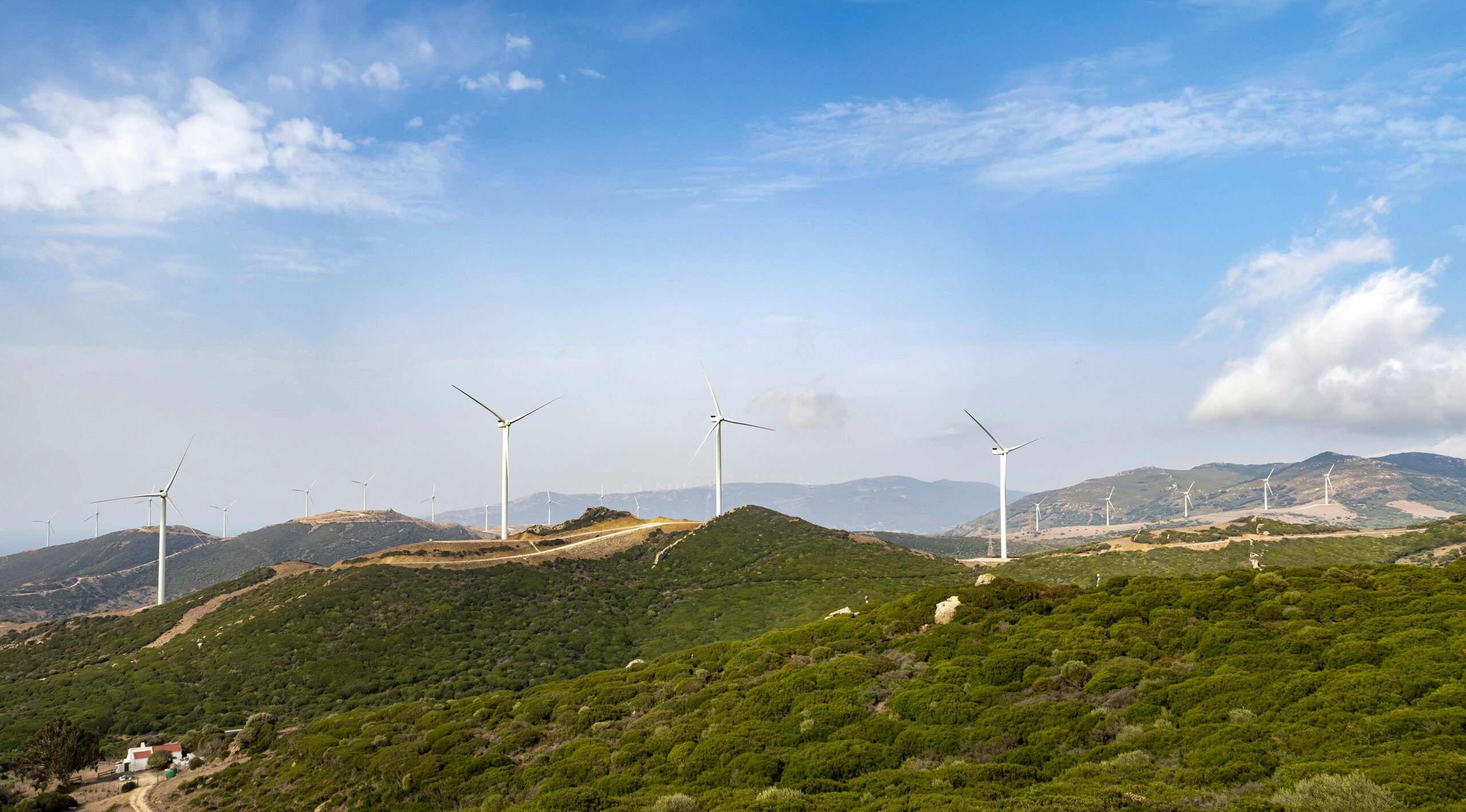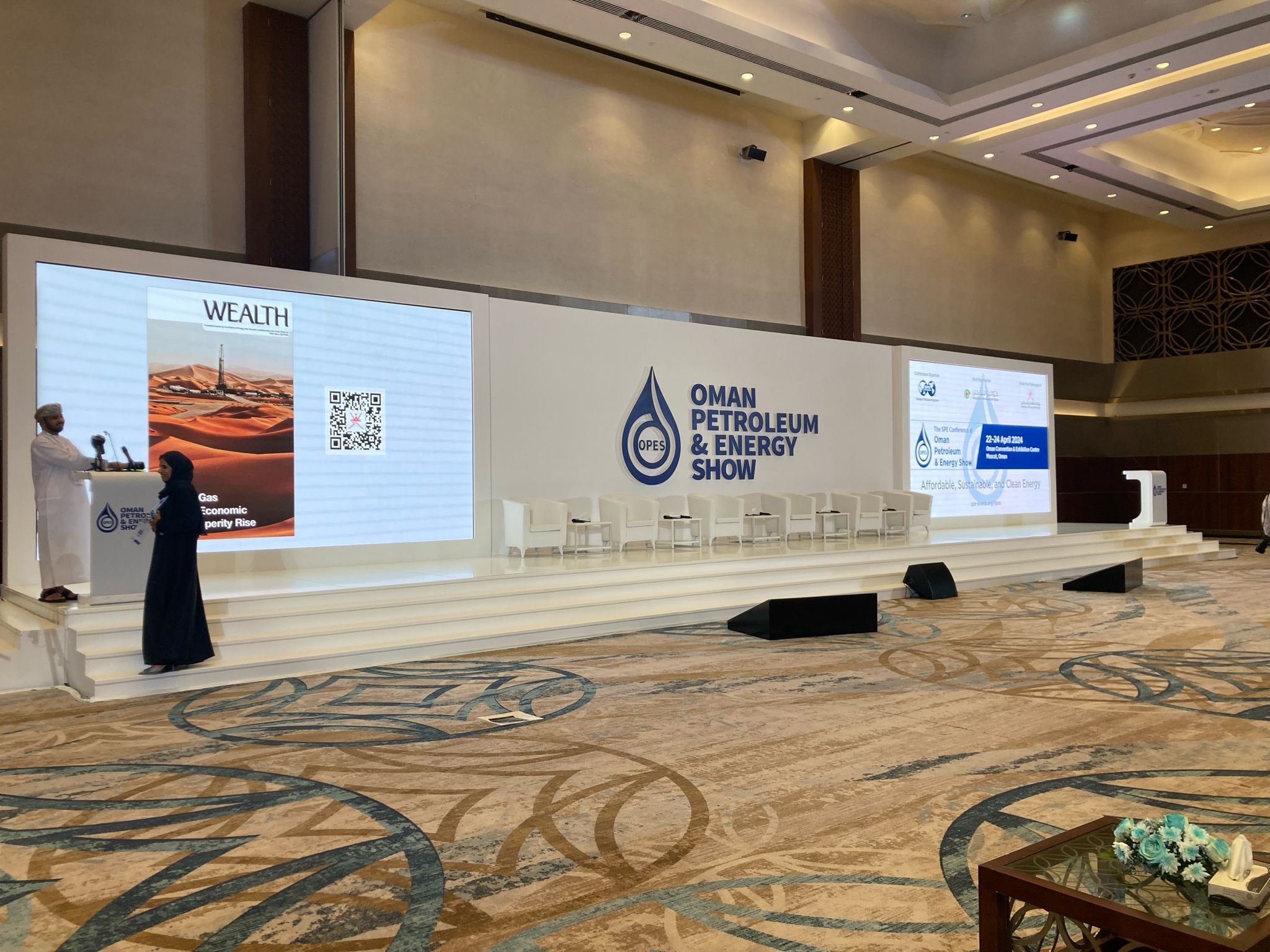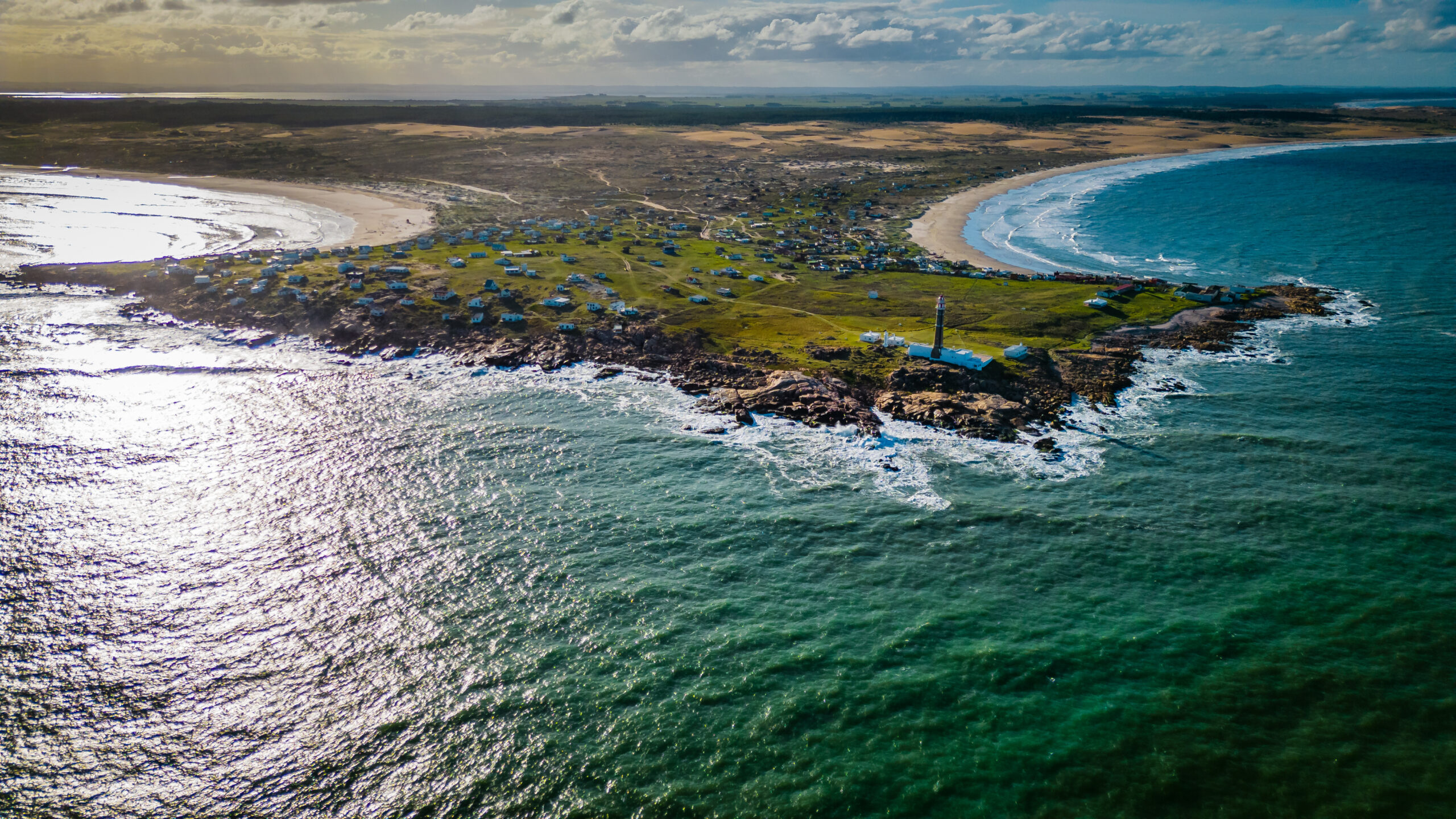LNG exporter Peru’s crisis slows energy transition
Deepening political and social unrest in Peru, a major LNG exporter, are deepening delays to the country’s energy transition.

LNG exporter Peru is in the throes of another political crisis and spiralling unrest, reinforcing a cycle of instability that is exacerbating the country’s lag in transitioning away from fossil fuels.
Protesters have taken to the streets of Arequipa and other regions, mainly in the rural south, to support former president Pedro Castillo, who was detained on December 7 after attempting to dissolve the congress and install an “emergency government.”
Lawmakers swiftly ousted Castillo and swore in his vice president, Dina Boluarte. After initially saying she would govern through the end of Castillo’s term in 2026, she later proposed early elections in April 2024. The unrest only escalated, impeding air and road transportation and sparking food and fuel shortages in some places.
Boluarte is now calling for elections in December 2023, but the unrest continues to spread, with protesters demanding the dissolution of the congress and the installation of a constituent assembly. Around 100 indigenous protesters occupied the Kámani gas compression plant in the Cusco region, operator TGP said on December 13. Across Peru, at least eight people are reported dead. Supported by his rural base and the leftist governments of Colombia, Bolivia, Mexico and Argentina, the now-imprisoned Castillo claims Boluarte is a “usurper”. In an effort to restore order, the government has declared a state of emergency nationwide for 30 days.
Boluarte follows a string of Peruvian presidents who failed to complete their terms since 2018, but this crisis is much deeper than previous ones, experts say.
For Peru’s energy sector, the recurring volatility aggravates existing impediments to expanding the participation of renewable energy in the power grid, which is dominated by hydroelectric and gas-run generators.
“Renewable energy investors have an appetite to invest. Despite the political noise, that hasn’t stopped,” Rosendo Ramírez, director of Lima-based energy consultancy Global Intelligent Business (Neglisac), told Gas Outlook.
“The problem is the strong opposition on the part of incumbent companies that haven’t permitted the issuance of several norms that, among other things, would facilitate the entry of renewable energy in tenders for regulated users.” The frequent turnover of government authorities has exacerbates the underlying problems, Ramírez said.
In January through October 2022, renewable energy — wind and solar — accounted for just 9% of generation in Peru’s national power grid, according to the latest data from grid operator COES. The balance came from hydroelectricity and gas-based units. The latter mainly rely on feedstock from the Camisea gas fields in the Cusco region, one of the hotspots of the current crisis.
Days before the latest political upheaval, Brendan Oviedo, president of the Peruvian Association of Renewable Energies, bemoaned the delay in approving an electricity reform bill. The legislation would enable renewables, particularly solar projects, to compete against hydroelectric and thermal plants in the next power auction scheduled for launch in March 2023, Oviedo said in a statement posted on the group’s website. Regulation to allow distributed generation is also pending, he added.
“We have to promote the diversification and decentralisation of our energy system with renewables energies to guarantee the country’s energy security,” Oviedo said.
Daniel Salazar, head of Santiago-based consultancy energiE, told Gas Outlook that in recent years Peru has achieved “no substantive progress in the definition of energy policy or planning, which is a priority for leveraging technological changes and the formulation of public policies which many countries are advancing.”
Hydrogen moves
Despite the legislative and regulatory delays, some foreign companies are making early strides around green hydrogen.
French utility Engie, one of Peru’s top generators, signed an agreement in October with Indústrias Cachimayo, a subsidiary of Chile’s mining explosives manufacturer Enaex, to certify that 100% of the energy consumed by its ammonium nitrate plant is renewable. This certification will allow the partners to produce ammonium from green hydrogen. Engie is already partnered with Enaex in northern Chile in a similar project. Like Chile, Peru has a vast mining sector ripe for green hydrogen applications such as the replacement of diesel in heavy mining trucks.
Peru’s liquefaction complex, run by the Peru LNG consortium, is another focus of energy transition. Japanese companies Osaka Gas and Marubeni are studying the feasibility of producing synthetic methane, also known as e-methane, for export to Japan. This type of synthetic methane is derived from CO2 from captured emissions and green hydrogen. The Japanese trio are analysing sources of CO2, renewable energy supply and electrolysis and methanation technologies.
Peru LNG is led by U.S. firm Hunt Oil, and Marubeni is one of the shareholders. The others are Korea’s SK and Shell.
The Peru LNG methane study mirrors a Japanese initiative in the U.S., where Tokyo Gas, Osaka Gas, Toho Gas and Mitsubishi are carrying out a feasibility study on a project to produce synthetic methane in Texas or Louisiana. The methane would be liquefied at the Cameron LNG complex, and transported to Japan utilizing existing LNG tankers and receiving terminals. Japan aims to inject more than 1% of syngas into its gas pipelines by 2030, rising to 90% by 2050.
Fernando Maceda, manager of the Peru H2 chamber, told Gas Outlook that the country has made some legal and regulatory progress, including a green hydrogen promotion bill that was presented to the congress in October, that will help to ensure a long-term trajectory regardless of who wears the presidential sash. “From civil society, there is work underway in Peru to make energy transition transcend administrations and become a task of national interest and state policy,” Maceda said.
Political dysfunction
Boluarte’s cabinet, sworn in on December 10, features some technocrats, such as energy and mines minister Oscar Electo Vera Gargurevich, a chemical engineer and veteran of state-owned oil company PetroPeru, where he managed the Talara oil refinery. But regardless of their professional attributes, the new authorities might not be around for very long. Experts say Peru is bound for further tumult, unless it embarks on structural political reforms.
“A technical oriented cabinet could be acceptable in normal times, but these are not normal times,” Jo-Marie Burt, a political science professor at George Mason University told Gas Outlook.
“Peru’s crisis did not end after Pedro Castillo was removed from office and detained. It has only deepened since then.”



